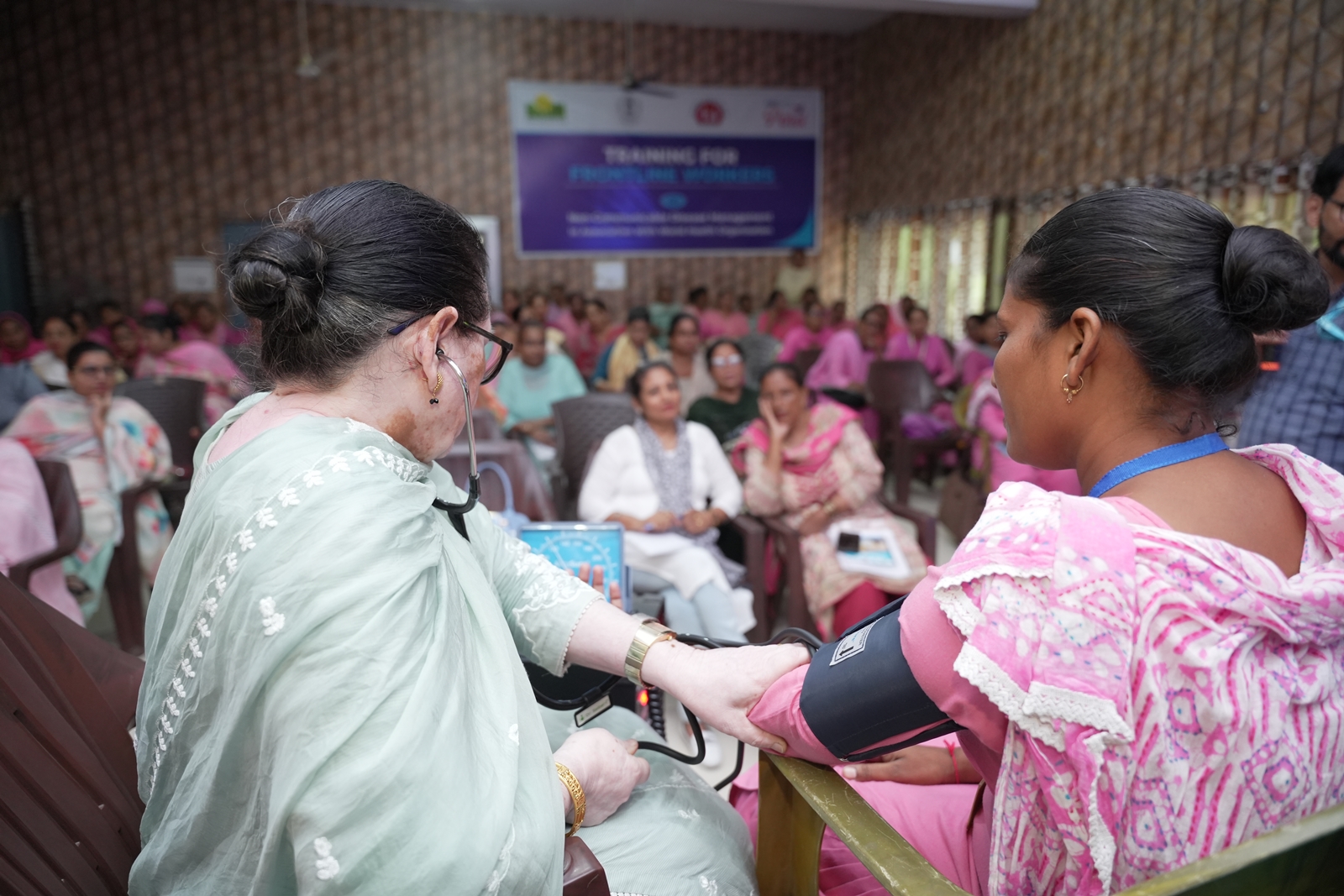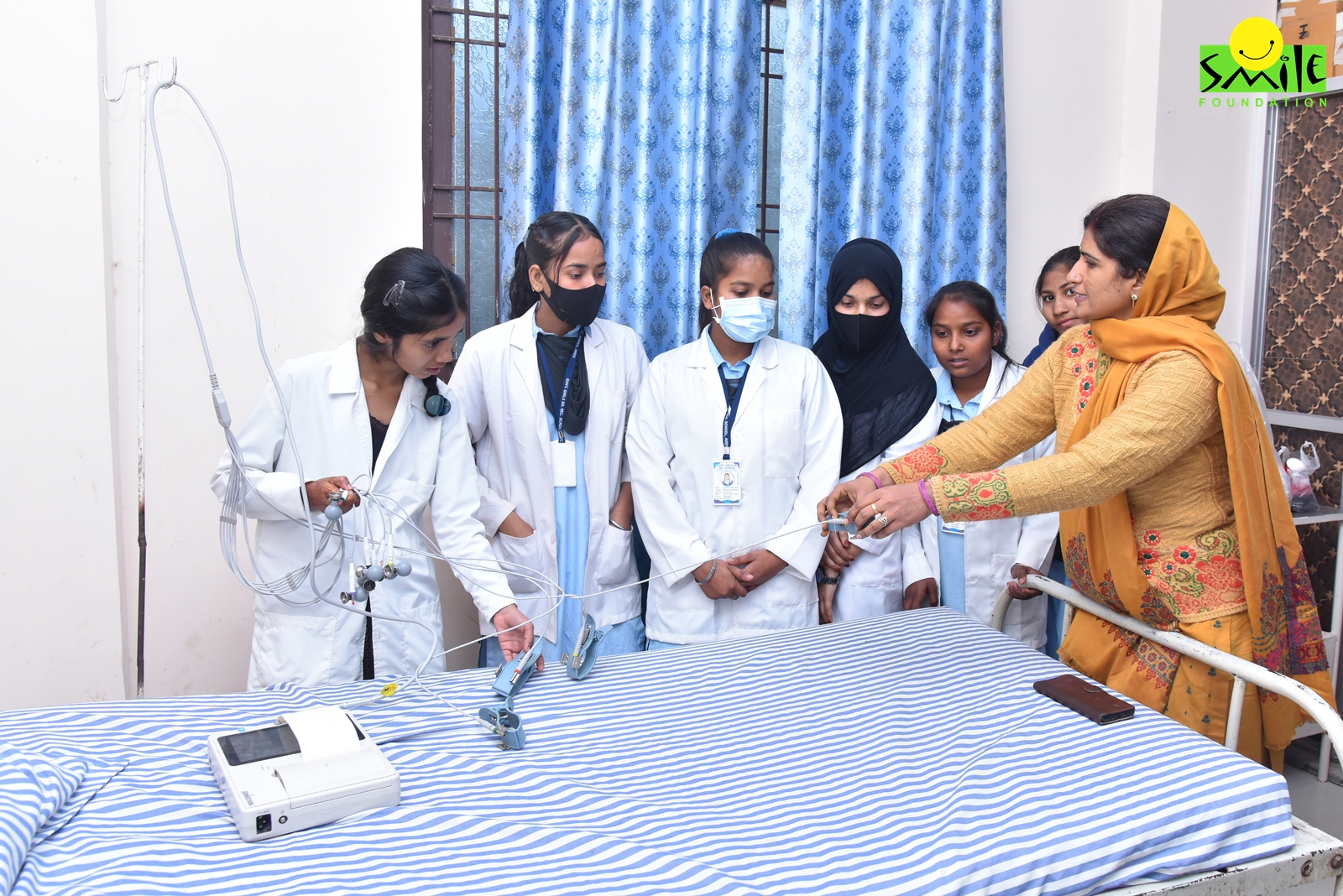Imagine a science classroom where the students are learning about photosynthesis. If you remember your school days, you’d remember how this concept was taught to you – using chalkboard, books and a lot of words. Now, think about how it felt at the moment? Did the topic excite or fascinate you? Or did you feel bored?
Now, do you remember those science labs where you got to see the onion peel under a microscope for the first time? Or, where you saw different bird claws kept inside glass jars? How was that experience? The interaction in a traditional classroom, as we understand from the example of photosynthesis being taught using pictures and lectures, is minimal and students struggle to grasp the concept fully.
On the other hand, in an interactive classroom, students get to engage with the topic at a more immersive and experiential level. For example, the teacher might make use of animated diagrams, time lapse videos or a science experiment to teach a particular topic in the classroom. Students can participate in the experiment, answer questions, collaborate with each other and even conduct experiments of their own.
This is how an interactive classroom differs from a traditional classroom. While the latter is predominantly based on passive listening, the former allows the students to actively participate in the process of learning, thereby adding the element of play in the classroom. This is why we need interactive classrooms today, to enhance the learning experience of students.
What is an Interactive Classroom?
As we understand from the scenario shared above, an interactive classroom is where students get to engage and participate in the learning process actively and not just act like passive listeners. Interactive classrooms are modern learning environments that integrate technology to enhance teaching and learning experiences.
Even classrooms that do not have the latest technology can be turned into interactive classrooms with the use of simple techniques like creating teaching-learning materials, using games to teach a topic and engaging students into more hands-on activities rather than forcing them to sit and listen.
Differences between Traditional and Interactive Classrooms
- Teaching method – As explained above, the traditional classrooms primarily use lecture-based teaching methodology, while interactive classrooms use more collaborative and hands-on learning methods.
- Student engagement – In a traditional classroom, a student is just a passive listener who is supposed to grasp everything that the teacher says. On the other hand, an interactive classroom allows every student to learn in their own way through active participation.
- Technology – Traditional classrooms make minimal use of technology while interactive classrooms deploy any technology that helps in enhancing learning participation.
- Learning tools – The primary learning tools in a traditional classroom are chalkboard, books, etc., while in an interactive classroom, teachers can use smartboards, tablets, computers, VR headsets, etc.
- Assessment methods – A traditional classroom mostly assesses the students through age-old methods of written or oral examinations. However, an interactive classroom uses methods that are more innovative and allow for gathering real-time feedback to learning. This includes engaging activities, quizzes, demonstrations, etc.
Technology in Interactive Classrooms
One of the things that truly sets interactive classrooms apart from traditional classrooms is technology. Smart classrooms are becoming a reality today as we are realising the importance of giving students a chance to immerse in the topics they are learning. Here are some of the technological tools that are used in interactive classrooms-
- Smartboards – It is a replacement of a traditional board which was used to write with chalk. At the same time, a smartboard is also an extension of a traditional teaching board as teachers have the option to write on the board using a digital pen. However, they can also display pictures, animations, zoom in or out, and do much more with a smartboard. It also makes it easy for the teachers to explain a topic as they have more ways of explaining a concept.
- Tablets and laptops – While traditional classrooms could have had one or two computers, their use was again limited to passive demonstrations for students. In an interactive classroom, students get access to individual or shared digital devices through which they can engage with the learning in real-time by answering questions, sharing inputs, completing assignments, etc.
- Virtual reality and augmented reality – These are fairly new technologies and are yet to be deployed in classrooms in India. However, virtual reality allows for learners to completely immerse themselves into what they are learning. Think about the metaverse where social media users can live in a virtual world. This is how virtual reality can work in an interactive classroom. Students can get a chance to see the planetary movements up close, learn about prehistoric times or witness the photosynthesis process as if it is happening in real-time.
- Learning management systems – These are platforms that are used to host content on digital learning portals. A good example can be Google Classroom where teachers can host their content, share notes, take assignments and mark attendance.
Teaching in Interactive Classrooms
Now that we understand how interactive classrooms differ from traditional classrooms and how they make use of technology, let us look at a few examples of how the teaching-learning process becomes more engaging in interactive classrooms.
- In a science classroom, students who are learning about human anatomy can ditch the old method of seeing it on a dummy, but actually experience it through VR headsets where they can move through the human body and see the functioning of different organs.
- In a mathematics classroom, students can solve a problem collaboratively using tablets or computers and come up with solutions to real-life problems.
- Digital storytelling can be used in language classrooms where students can learn to make use of artificial intelligence and other tools that are changing the world of creative content rapidly.
Interactive Classroom Initiatives in India
Many state governments in India are now investing in building smart classrooms and the New Education Policy also promotes pedagogical methods that are more interactive. At the same time, many private organisations and nonprofits like Smile Foundation are also working in this area by supporting existing schools in building their interactive classrooms infrastructure, training the teachers and even sending their volunteers in educational institutions to teach students using these new ways.
Smart India Hackathon is also an event that focuses on developing innovative solutions using technology. It promotes the use of interactive learning methods. The Central government’s Digital India Campaign is also building digital infrastructure and services across India which are also allowing classrooms to go digital.
Future of School Education
The children growing up in today’s world are probably the first generation which is growing up in the world of artificial intelligence. If we look back at the last 10 or 20 years, we will realise how fast technology has changed and we can expect this to become even faster in the coming years. Therefore, for students to keep up with the changing times, they need to learn about concepts through innovative and interactive methods. This is the future of school education. It is going to be digital, interactive and collaborative.
As technology continues to evolve, so will the methods of teaching and learning. The integration of AI, VR and AR will further personalise education, catering to the unique needs of each student. Schools will become hubs of innovation, where students are not just passive recipients of information but active participants in their learning journey. As initiatives in India and around the world continue to promote interactive learning, the future of education looks promising, with endless possibilities for enhancing student engagement and achievement.









